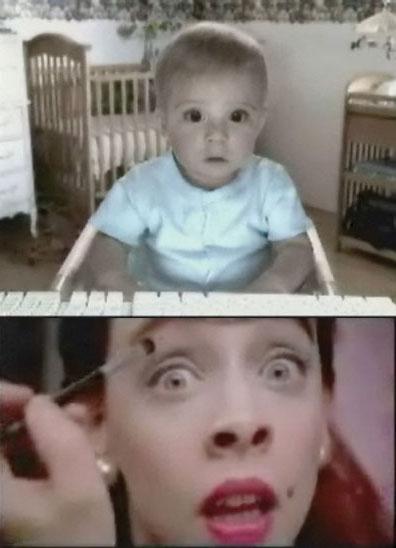See what some students thought were the top Super Bowl commercials.
In 1967, the cost of a 30-second advertising spot during the first Super Bowl was $40,000.
For Super Bowl XLII, 30-second spots went for $2.7 million each.
Mike Wood, an advertising professional-in-residence, who has more than 25 years experience in national and international integrated marketing, bought and produced Super Bowl advertisements in the 1980s.
Wood started in 1974 at RadioShack, where he was vice president of advertising. He ran the nation’s largest in-house advertising agency for 17 years and later served as vice president for marketing of all RadioShack stores located outside the United States.
From buying a Super Bowl spot two days before it aired to making the very first network-televised microcomputer spot, Wood has a vast array of knowledge about the most expensive 30 seconds in television.
Q: What type of trends have you seen from the time you were buying Super Bowl spots to now?
A: Obviously the astronomical jump in price. Also, there has been a different approach to Super Bowl spots. They have become much more of an entertainment medium.
Q: What kind of ads did you design?
A: It was for a RadioShack TRS-80 computer, which is long since history. That computer is sitting in the Smithsonian today.
Q: Was there a point in time where the price of Super Bowl spots jumped?
A: It’s been fairly progressive all along, from the beginning up to now. The year where the pricing went down, and the only year in the history of the Super Bowl that it went down was in 2002. This was because of Sept. 11. The media tanked the following year and it showed in the price drop.
Q: Why did Super Bowl advertising take off in such a way, and why was it so successful?
A: Everybody likes the ultimate winner. Think about it psychologically. Why are the Olympics so well-viewed? It’s about who is going to be the very best. Why do you watch the Indianapolis 500? It’s the No. 1 race. Why do you watch the Kentucky Derby? There are millions of horse races.
Q: What has been the most successful ad in the past?
A: Budweiser. There is always a vote for the favorite ones, and Budweiser is always in there. It is not about alcohol; they are the ones with all of the money, and they get in there and buy the spots. Pepsi has been good, and there have been some real renegades, like GoDaddy(.com). They made more news getting their spot rejected than when it actually ran.
Q: What have been the least successful ads in the past?
A: (Laughs) Well, the least successful ones are the ones I don’t remember; that’s why I don’t remember.
Q: What types of audiences were targeted when you were in the business?
A: Ads were geared toward males and it has changed today to females and family. Everybody watches the Super Bowl today – it is an event, and everybody makes a day out of it. The world stops for the Super Bowl.
Q: What do you think were the worst commercials in this year’s Super Bowl?
A: I think the GoDaddy(.com) ad and the CareerBuilder(.com) ad with the heart were the worst.
Q: What were your favorite ads?
A: I liked the Diet Pepsi Max ad with the bobbing heads.
I also thought the Audi ad was fun and kind of different.
Q: Was there anything that shocked you or surprised you this year?
A: There was nothing really earth shaking this year. Everybody was trying to outperform everybody, and expectations get larger and larger every year trying to beat what once was the best.





